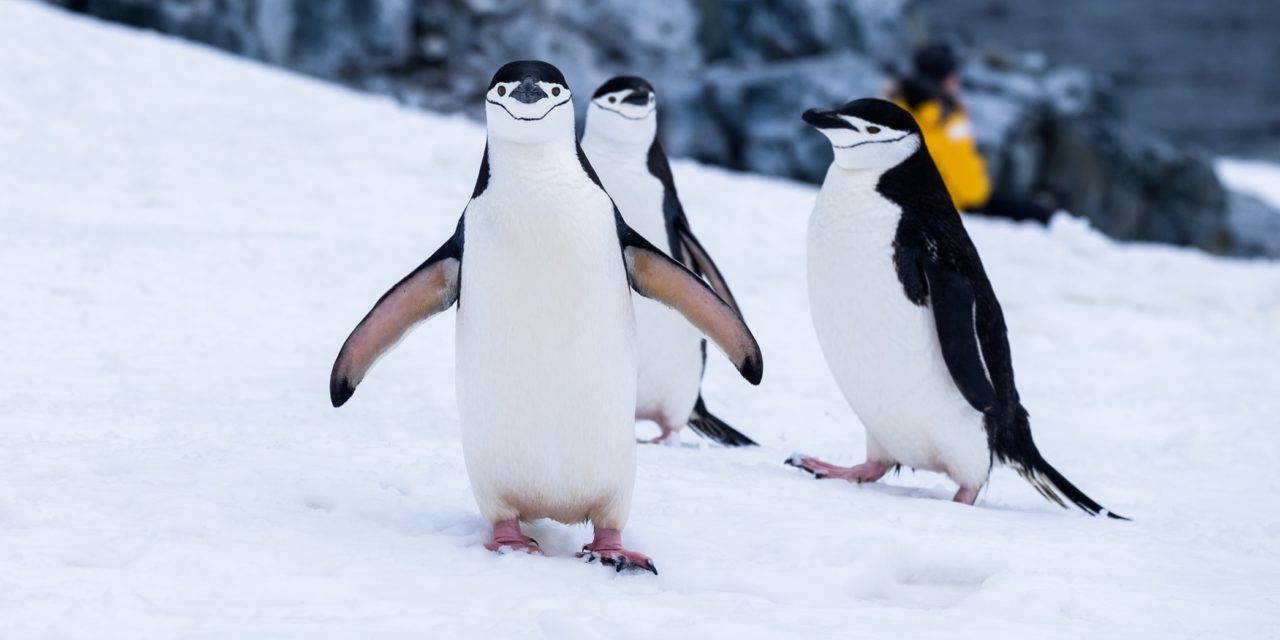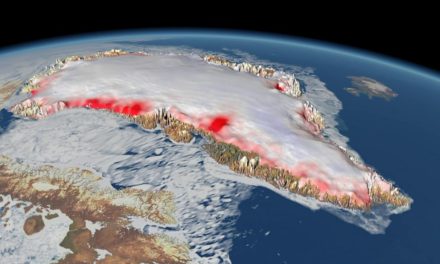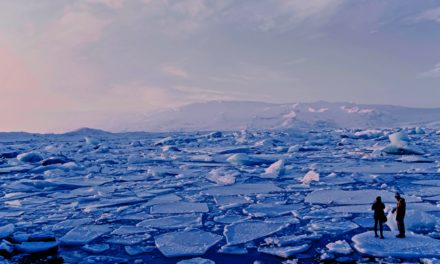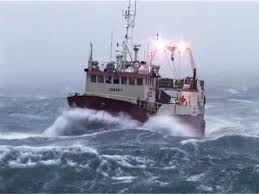A new UN report reveals that the ozone layer in certain parts of the world has started healing on schedule, with the Antarctic seeing the smallest ozone hole it has ever had over the past three decades.
The UN’s environmental agency estimate that, if this rate continues, “the Northern Hemisphere and mid-latitude ozone will heal completely by the 2030’s,” whereas “the Southern Hemisphere will follow in the 2050s and Polar Regions by 2060.”
Unanimous Urgent Action Works
Scientists attribute this result to the Montreal Protocol, adopted unanimously in 1987 by all countries of the world whereby they agreed to phase out 99% of ozone-depleting substances, two years after discovering ozone holes and the grave threats they posed to the planet and humankind.
Ozone is Earth’s stratosphere “blanket” that protects the planet from the sun’s harmful ultraviolet (UV) rays. Not having that shield can lead to forest fires, harm to agricultural lands, skin cancer, eye cataracts and weaker immune systems, as well as erratic weather challenges.
This week’s news is a small ray of hope in a spiraling series of bad news related to climate change. It demonstrates that urgent unanimous action across the world can halt climate change, yet the effects may only be visible decades later.
Three Decades Late
Like the ozone holes that continued to grow after the Montreal Protocol was adopted until they finally started shrinking, the effects of climate change will still need to be dealt with while waiting for the actions we may take now to render results.
In other words, we may be 30 years late on taking climate change action to get any good news tomorrow.
Students and office workers are going on strike on Friday to put more pressure ahead of the UN Climate Action Summit this weekend in New York for more “transformative climate action,” as popular young Swedish activist Greta Thunberg told a US Senate climate crisis task force on Tuesday.
She also told them that they were simply “not trying hard enough, sorry.”
The Kigali Amendment
The UN’s environment agency called for support of the Kigali Amendment to the Montreal Protocol which aims to reduce hydrofluorocarbons (HFCs) by at least 80% before 2047, amongst other measures. This means a global temperature rise of 0.4°C may be avoided by the end of the century, highlighting again the long timeframe to be kept in mind and urgency of action.
The Kigali Amendment came into effect on January 1 this year, which has so far been ratified by 81 countries, including the UK, EU, Australia, Canada and many small countries, but not giants like the US, China or Russia.
A full list of the countries that ratified the Kigali Amendment is available here.
- World’s First Hydrogen Superyacht Debuts in Monaco - 7th October 2019
- New Beijing ‘Starfish’ Airport Will Use AI Instead of Passports - 2nd October 2019
- US-Ukraine Scandal So Far - 27th September 2019






